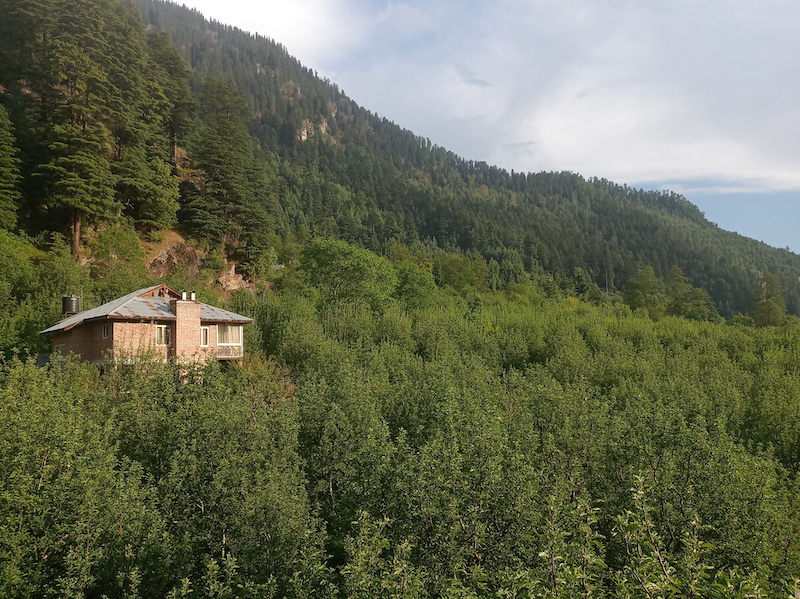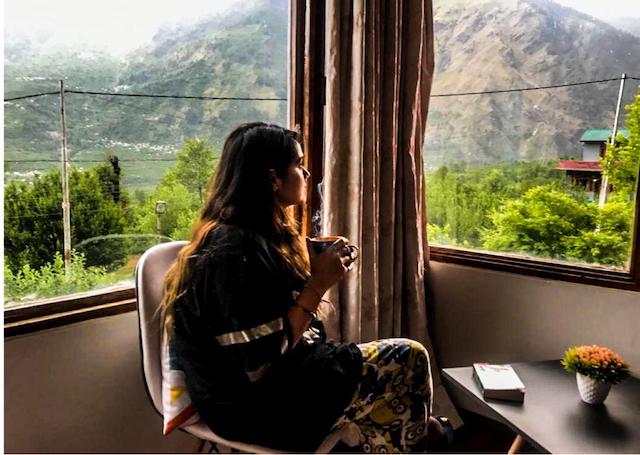Over the past years, most of Manali has found the tourism industry as one of the major contributors to economic growth that pours in huge investment for its growth and development.
One cannot deny the fact that whenever there has been a major impact on the economy of the state, tourism has always been the prime one to get affected as people start to cut down on their budgets first. With the advent of COVID 19, the Tourism industry has been majorly affected. The current pandemic is the biggest challenge that Manali, which has ever faced as international travel could be adversely impacted.

Manali has the capability of becoming the state wellness capital due to its pleasant weather and natural scenic locations. Manali hosts a large number of students from America for Ayurveda studies and yoga. Learning Ayurveda and yoga in the lap of the Himalayas make it more exciting and fulfilling. Given the demand from foreign tourists, a large number of Ayurveda Centers and spas are coming up in Manali. In addition to it, a large number of hotels in Manali are emerging on the theme of Yoga and Ayurveda tourism.
Vikramjeet Thakur who runs a panache tour and travels in Manali said that wellness tourism brings in the physical and spiritual transformation through precious moments of relaxation rejuvenation with physical activities, healthy food, wellness spas and therapies.

He added that preservation of natural resources, including forests, marine life and natural springs is also one of the benefits that wellness tourism brings in extra to the table. Tourists love to visit these places which in turn brings huge revenue from foreign and local tourists so this prompts the national as well as regional governments to develop national parks and other natural resources to promote eco-tourism.
Vikram said that wellness tourism also generates alternative sources of employment for local communities, as it requires proper infrastructure and many other hospitality services. It generates business opportunities for the local residents. The major contribution of wellness tourism is that it brings direct foreign exchange earnings and adds to government revenues.
Thakur said it helps in developing the public facilities in the society, as tourists expand their interests in different sports, educational and cultural activities of the region and it helps in preserving the traditional cultures. It gives native people a chance to interact with different cultures and ways of life.
Nickhle Kapila of lifestyle tour and travel while speaking to hill post said that in 2018, travel and tourism contributed 9.2.% in India’s GDP and generated 26.7 million jobs He added in this way it helped the population of rural and cities.
The tourism sector accounts for 12.75% of employment in India, 5.56% of its direct and 7.19% is indirect. In 2018-19, the travel sector employed over 87 million people as mentioned in the Ministry of Tourism (MOT) annual report for 2019-2020. The revenue generated in branded and organized hotels in India is estimated to be 38000 Crore ($5 Billion).
The restaurant industry has an annual turnover of approx. 4 lakh Crore ($53 Billion) and provides direct involvement to more than 7 million people. India’s air transport industry employs over 400,000 people directly and 940,000 are employed in related supply chains.

Sanjay Dutta, an engineer by qualification but is a journalist by choice.
He has worked for the premier new agency Press Trust of India and leading English daily Indian Express.
With more than a decade of experience, he has been highlighting issues related to environment, tourism and other aspects affecting mountain ecology.
Sanjay Dutta lives in a village close to Manali in Kullu valley of Himachal.




